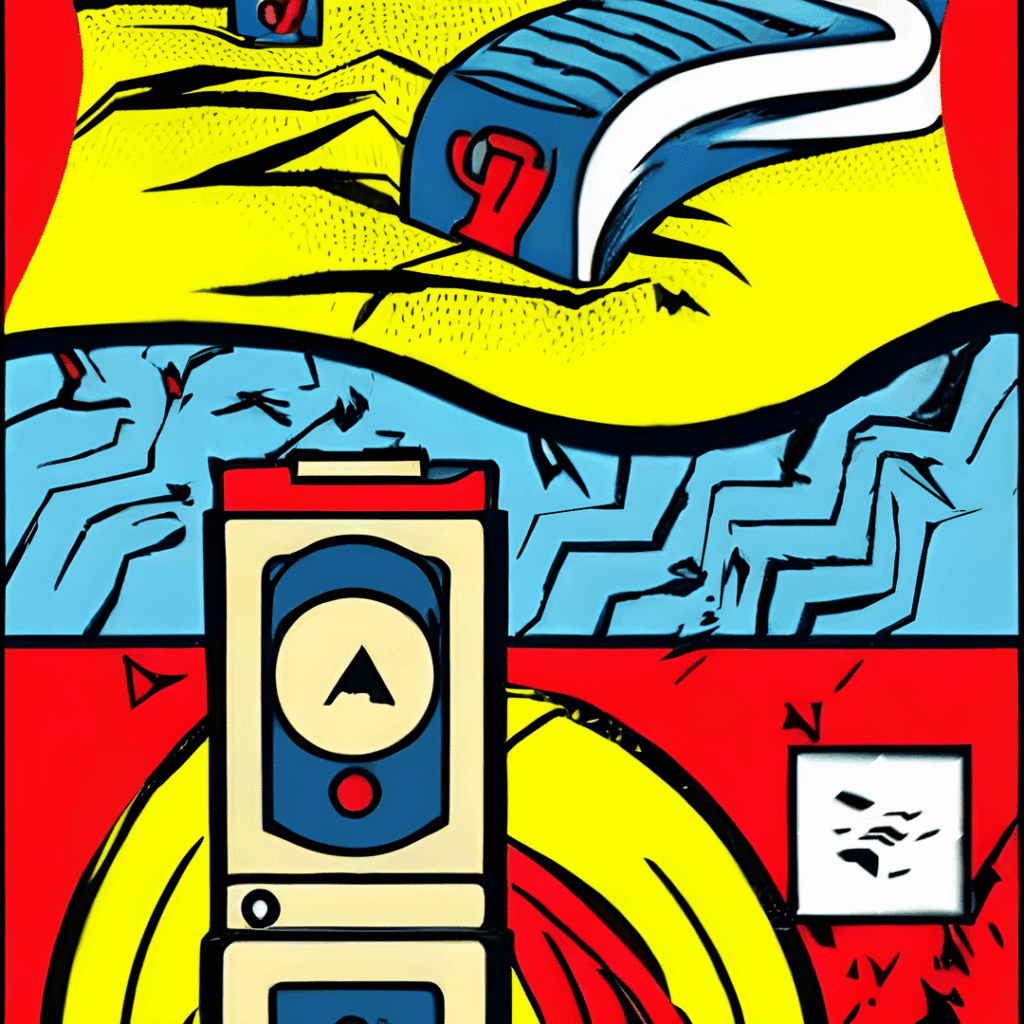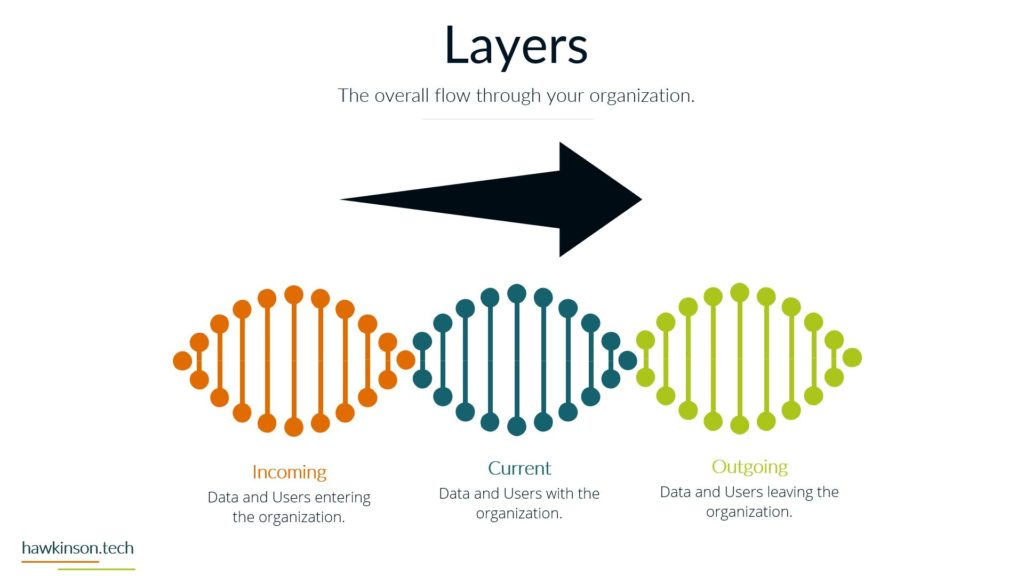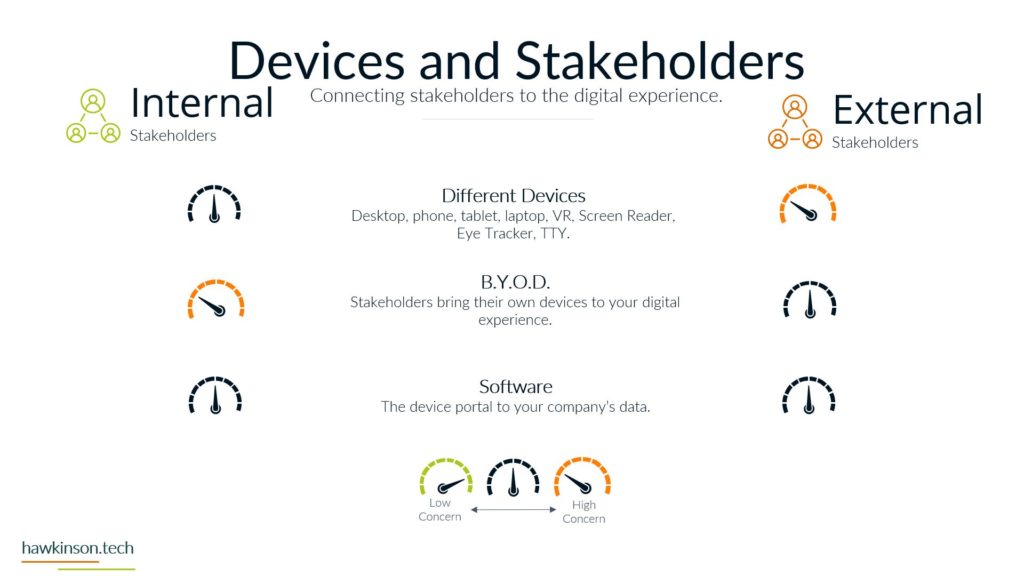In the age of social media and instant messaging, email marketing is a powerful tool for businesses to reach their target audience, engage with customers, and drive sales. Studies have shown that email marketing offers the highest returns on investment (ROI) among digital marketing channels.
However, to reap the full benefits of email marketing, it’s crucial to craft a seamless campaign that resonates with your audience and drives results. In this blog post, we’ll discuss the steps and directions for creating an effective email marketing campaign, the importance of email marketing, and its relevance in today’s world.
Let’s explore the importance of email marketing and how it can help you with customer acquisition and retention.
The Importance of Email Marketing
Despite the rise of social media platforms, email remains one of the most widely used communication channels globally. With billions of email users worldwide, email marketing offers businesses a vast reach and the opportunity to connect with potential customers personally. Some of the key benefits of email marketing include:
- High ROI: Email marketing has been consistently proven to deliver a high return on investment, with some reports suggesting an average ROI of $38 for every $1 spent.
- Targeted Messaging: Email marketing allows businesses to segment their audience and deliver personalized, targeted messages that resonate with specific customer groups.
- Measurable Results: Unlike other marketing channels, email marketing provides easily trackable metrics, such as open rates, click-through rates, and conversion rates, enabling businesses to measure the effectiveness of their campaigns and make data-driven decisions.
- Long-term Relationship Building: Email marketing enables businesses to nurture long-term relationships with their customers by providing valuable content, special offers, and personalized messages that keep them engaged and loyal to the brand.
Crafting a Seamless Email Marketing Campaign: Steps and Directions
To create an effective email marketing campaign, it’s essential to follow a strategic approach that ensures your messages resonate with your audience and drive the desired results. Here are the key steps and directions for crafting a seamless email marketing campaign:
Step 1: Define Your Objectives
Before launching an email marketing campaign, it’s crucial to establish clear objectives that align with your overall business goals. These objectives will guide your campaign strategy and help you measure its success. Common email marketing objectives include:
- Increasing brand awareness
- Generating leads
- Nurturing existing leads
- Driving sales or conversions
- Retaining customers
Step 2: Build and Segment Your Email List
A successful email marketing campaign starts with a high-quality email list. To build your list, encourage website visitors to sign up for your newsletter or offer gated content, such as eBooks or webinars, in exchange for their email addresses.
Once you’ve built your list, segment it based on relevant criteria, including demographics, purchase history, or engagement level, to ensure that your messages are tailored to the specific needs and interests of each group.
Step 3: Choose the Right Email Marketing Platform
Selecting the right email marketing platform is essential for managing and tracking your campaigns’ performance. Some popular email marketing platforms include Mailchimp, Constant Contact, and Sendinblue. When choosing a platform, consider factors such as ease of use, customization options, automation capabilities, and pricing.
Step 4: Design Engaging Email Templates
Your email design should be visually appealing, readable, and consistent with your brand identity. Use responsive email templates that adapt to different screen sizes, ensuring your messages look great on desktop and mobile devices. Include clear calls-to-action (CTAs) that guide recipients toward the desired action, such as visiting your website, purchasing, or signing up for an event.
Step 5: Craft Compelling Content
The content of your emails should be relevant, valuable, and engaging to your audience. Focus on providing information that addresses their needs and interests rather than solely promoting your products or services.
Use attention-grabbing subject lines that encourage recipients to open your emails and keep your copy concise and easy to read. Personalize your messages whenever possible, using dynamic content and merge tags to address recipients by name or reference their past interactions with your brand.
Step 6: Implement Email Automation
Email automation can save time and improve the effectiveness of your campaigns by ensuring that the right messages are sent to the right people at the right time. Use automated workflows to trigger emails based on specific actions or events, such as welcoming new subscribers, nurturing leads, or re-engaging inactive customers.
Step 7: Test and Optimize Your Campaigns
Before sending your emails, test them thoroughly to ensure they display correctly on various devices and email clients. Use A/B testing to compare subject lines, content, or design elements and determine which versions perform best. Continuously monitor your campaign metrics, such as open rates, click-through rates, and conversion rates, and use this data to optimize your future campaigns.
The Relevance of Email Marketing Today
Despite the growth of social media and other digital marketing channels, email marketing remains highly relevant today. With its ability to deliver personalized, targeted messages directly to your audience’s inbox, email marketing offers a unique opportunity to build long-term relationships with your customers and drive measurable results.
To stay competitive in today’s digital landscape, businesses must leverage the power of email marketing and continually adapt their strategies to meet the evolving needs and preferences of their audience. By following these steps and directions, you’ll be well on your way to crafting seamless email marketing campaigns that resonate with your audience and drive success for your business.




















